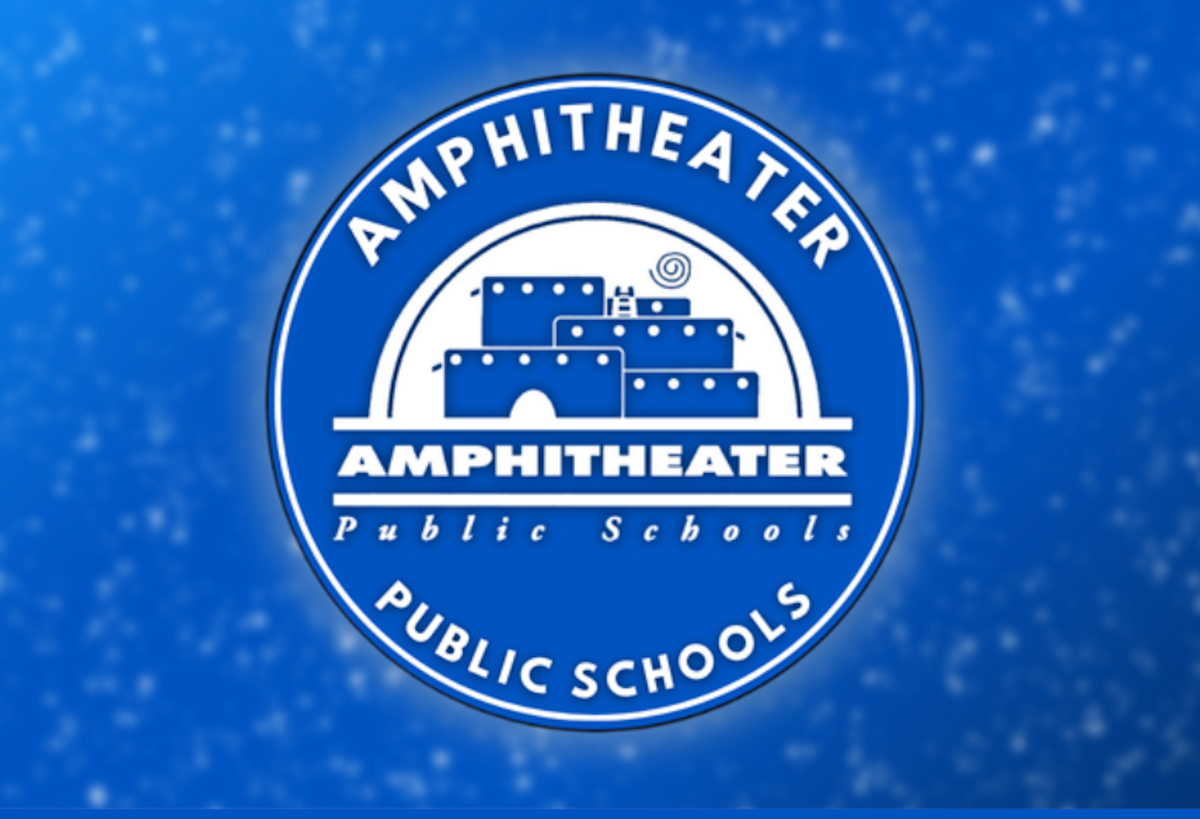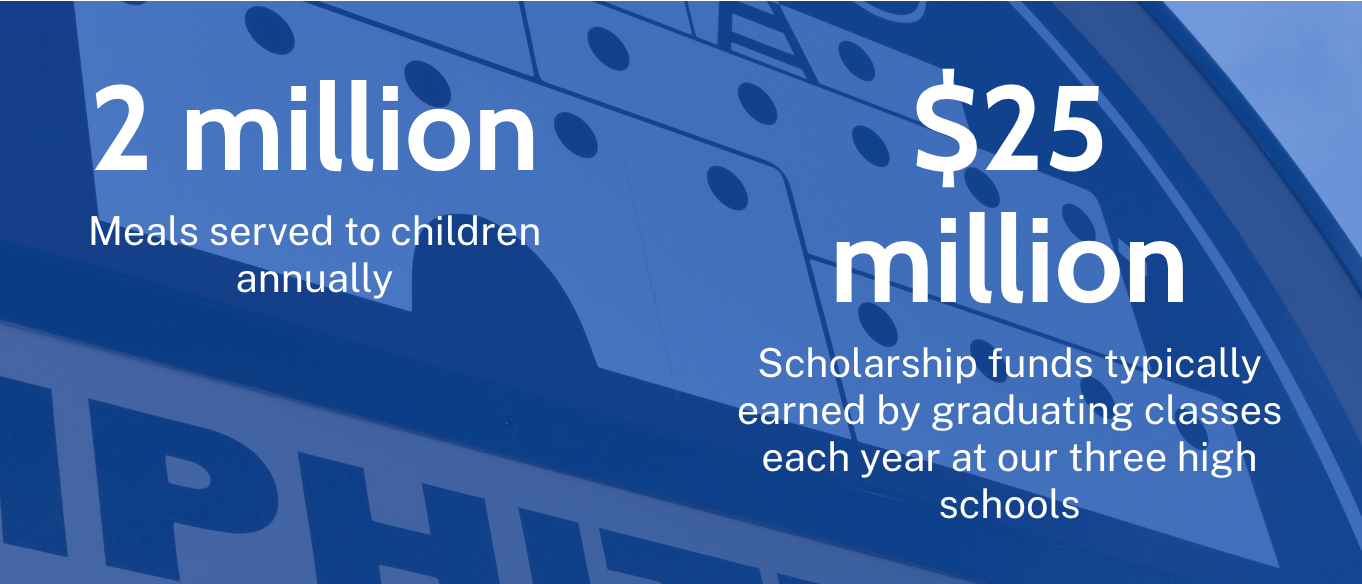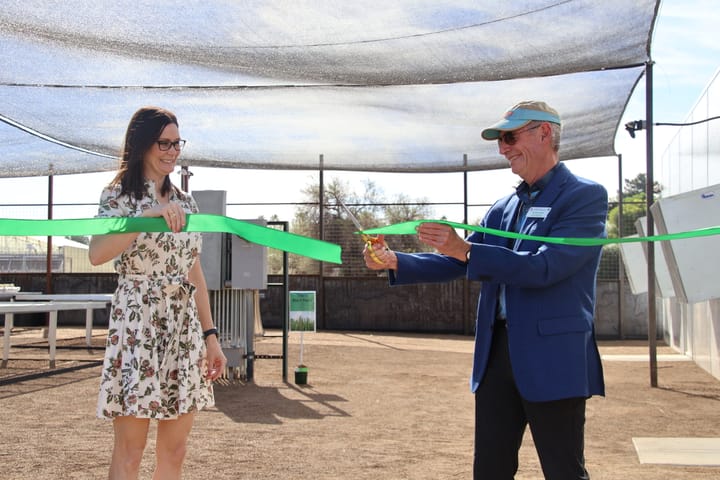Amphi boosts outreach as potential closures loom
Amphitheater School District is considering closing up to five schools and is stepping up community outreach to keep families informed.

As the Amphitheater Public Schools district plans potential school closures, officials are ramping up outreach efforts to keep families and staff informed and ensure students continue to receive a quality education.
Through community meetings, online updates, and direct communication, the district aims to guide families through the transition while maintaining strong educational programs.
Amphi serves students in 22 schools, including 12 elementary, two K–8, three middle, three high schools, a virtual school, and a special education learning center.
Superintendent Todd Jaeger reinforced this message in an email to parents on Oct. 2, announcing that he and the governing board are considering closing as many as five schools, pending evaluation. The district says the move will help maintain educational standards and the district’s financial stability.
“The closure of schools is one of the most difficult decisions a school district can face, and it is certainly not a decision I ever wanted to face or make as your Superintendent,” Jaeger wrote. “The moment weighs heavy on my mind and heart, as I know it does on yours, but it is our responsibility to ensure we balance our budget, use our facilities wisely, and provide strong school communities and programs where our students thrive.”

Amphi’s website now includes a page dedicated to the potential closures, explaining that a consolidation of this scale is intended to create “larger, more cost-effective schools that are able to offer a broader range of programs and services.”
District officials say declining enrollment, the availability of Empowerment Scholarships that allow parents to use public school dollars on private school or home schooling expenses, and a continuing drop in birth rates are driving the challenges it faces.
District data show that only three of its 17 elementary, K-8 and middle schools have above a 50% enrollment rate. The school district serves almost 11,000 students, about 5,000 fewer than it did 20 years ago.
This decline in enrollment reflects broader trends in birth rates over the past two decades. Nationwide, births have fallen by nearly 1 million; in Arizona, the drop is about 33%, and in Pima County, births declined roughly 16% between 2012 and 2022.
The district’s location in Tucson also makes it vulnerable to losing students to private and charter schools. Within its boundaries, there are 21 such schools, more than four times the number found in any other Tucson district outside Tucson Unified.
The growing availability of Empowerment Scholarships adds to this pressure. Last year alone, more than 1,300 students in the district received them, totaling an estimated $13.5 million.
Although no official decision has been made about which schools will be closed, the district’s governing board is working closely with school faculty, administrators, advisory councils and the community to seek feedback on how to handle the closures.
District officials said they will consider several factors, including the logistical impact on students and families, the results of cost-benefit analyses, and potential uses for the buildings after closure.
If the district were to close the five schools with the lowest enrollment, more than 1,000 students would have to be relocated, making community outreach important to ensure a smooth transition, according to the district.

Parents and teachers can stay informed through the frequently asked questions page, which is updated weekly, and its 24-hour email response system. The FAQ page includes information about the decision-making process, school integrations, consolidation reasoning, and financial information.
Additional questions or concerns can be directed to answers@amphi.com, with the district committing to respond within a 24-hour workday. The email is monitored closely by the district’s communications and community departments.
The district is also sharing updates through the ParentSquare app, which sends notifications via text and email. Officials say they hope that by providing regular updates and addressing questions, all community members will understand any decisions made.
The district will also host community meetings throughout November to discuss logistics, answer questions, and seek feedback.
Jaeger will recommend to the board which schools should close and where staff of those schools will be relocated, with that decision expected to be made by the end of the year.
“Amphi schools have historically maintained strong community partnerships and engagement,” Amphitheater Director of Communications Michelle Valenzuela said in an email.
The district hasn’t seen any decline in community engagement as enrollment has dropped, so officials are hopeful that the community will “rally around the schools that are affected by the consolidation” and that “all children and families will be welcomed and feel supported through the transitions,” Valenzuela said.
It’s unclear if any faculty or teachers will lose their jobs as a result of the consolidation. While no plan has been announced, officials said the district has 50 to 60 teacher vacancies each year due to resignations and retirements and believe that many impacted by the closures will fill those vacancies.
Jaeger said he hopes to provide students with a quality education, adding that the move will ultimately “provide strong school communities and programs where our students will thrive.”
Elias Bonilla is a journalism and political science major at the University of Arizona and Tucson Spotlight intern. Contact him at ebonilla1500@gmail.com.
Tucson Spotlight is a community-based newsroom that provides paid opportunities for students and rising journalists in Southern Arizona. Please consider supporting our work with a tax-deductible donation.



